The Zouaves are French light infantry units belonging to the Army of Africa, having existed from 1830 to 1962. The Zouaves Corps was created during the conquest of Algeria in 1830 by the incorporation of soldiers from the Regency of Algiers, Algerian mercenaries recruited from the confederation of Zouaouas which supplied troops to the Regency of Algiers in its wars. against the European powers. “Legends of the African army”, the Zouaves are often associated with the image of the battles of the Second Empire and known for their singular uniform1. Originally mixed units, from 1842, their recruitment was exclusively European but became mixed again from November 1942 to May 19452, after the reformation of the French army in North Africa. Lamoricière, who organized the first units, is considered the “father of the Zouaves”3. The Zouave regiments are, along with the Algerian rifle regiments, among the most decorated in the French army4. They are colloquially called zouzous5,6. Other countries created, for shorter periods, units of zouaves before (Ottoman Empire) or on the model of the troops of the French army: the United States during the Civil War (1861 – 1865) and the Brazil during the Paraguayan War (1865 – 1870) as well as the Papal States. Origin of the term “zouave” According to the most widespread opinion7, the word zouave is taken from the term Zouaoua, Kabyle tribal confederation of Djurdjura8,9,10. Thus Quentin Chazaud defines their origin in these terms: “the “corps of Zouaves” was improvised in 1830 on the Algerian ground then regularized by royal order between 1831 and 1832 to supervise, by providing them with French officers and non-commissioned officers, the Kabyle auxiliaries of the Zwawa tribe, former suppliers of janissaries for the Barbary regency. »1.11. However Marcel Emerit specifies that if the word "'zouave' is undoubtedly the French deformation of Zaouaoua name of a Kabyle tribe which supplied mercenaries to the Turks", the term was used before 1830. He cites a document dated 1623 which discusses of the population of the city of Algiers in which we can read: "In the aforementioned number there can be people to bear arms 20,000 people in which number are included 10,000 paid genisseres, and this number also includes 5 000 zouaves that is to say mores of pay. According to him, the French form “zouave” therefore already existed well before 1830 and “it is probable that it was preserved in the circles of Algiers where our language was spoken. »12,13. According to another opinion, that of a military interpreter from Tlemcen, the masculine noun "zouave", pronounced /zwav/, is borrowed from the Algerian Arabic verbal adjective of the verb "zahafa" which means to crawl, evoking the idea of the rifleman moving away from prying eyes, whose gerund is zouaf. However, according to the association of veterans of the 2nd Zouaves, this is an “interesting etymological hypothesis which does not stand up to historical facts”1





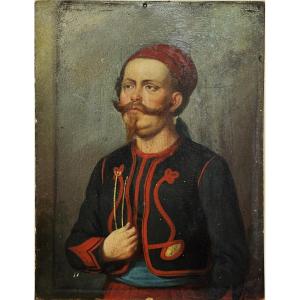




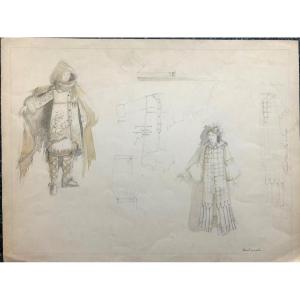

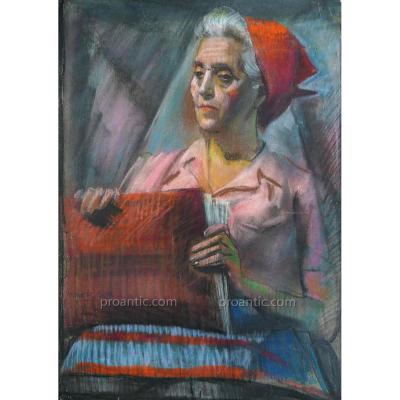
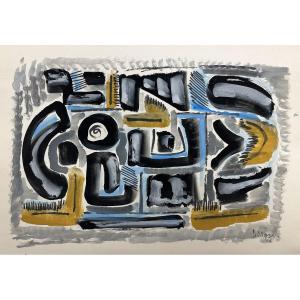
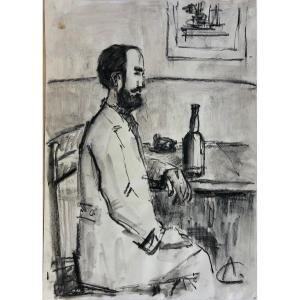

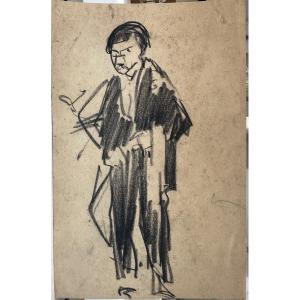
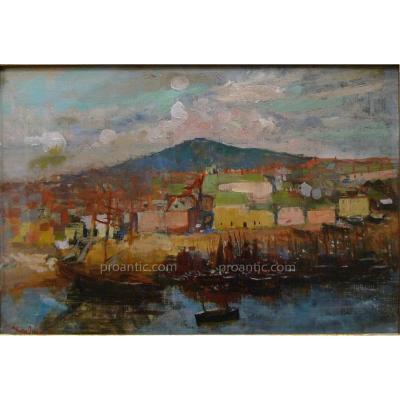
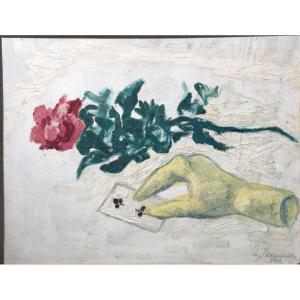







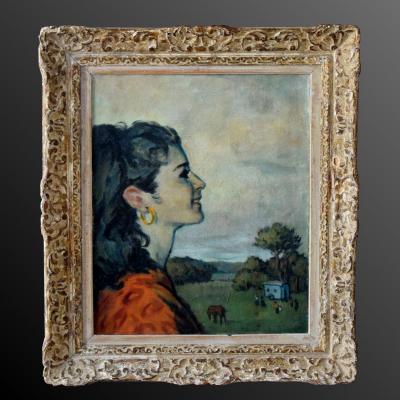
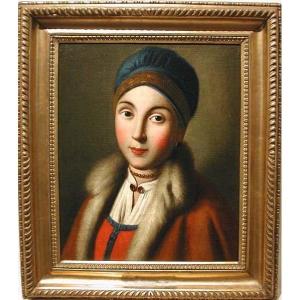
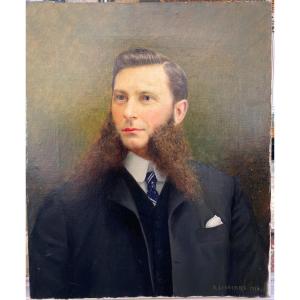



 Le Magazine de PROANTIC
Le Magazine de PROANTIC TRÉSORS Magazine
TRÉSORS Magazine Rivista Artiquariato
Rivista Artiquariato